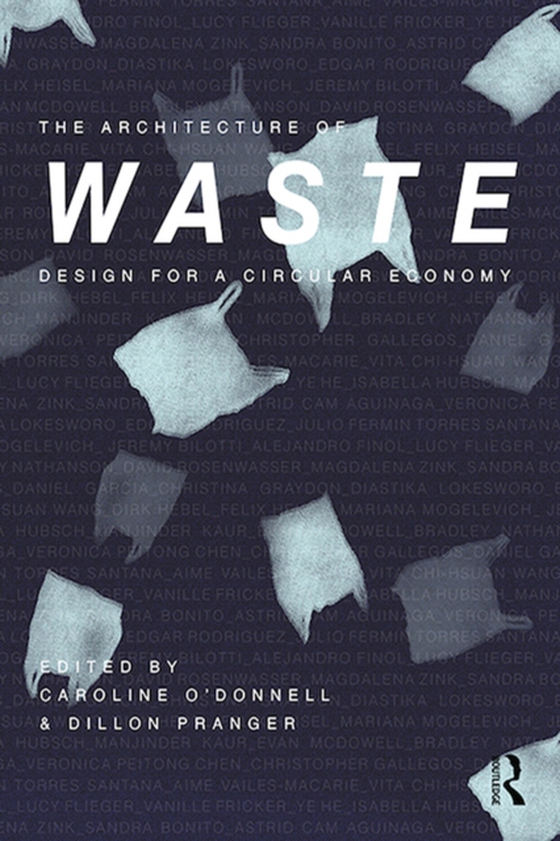
Architecture of Waste e-bog
288,10 DKK
(inkl. moms 360,12 DKK)
Global material crises are imminent. In the very near future, recycling will no longer be a choice made by those concerned about the environment, but a necessity for all. This means a paradigm shift in domestic behavior, manufacturing, construction, and design is inevitable. The Architecture of Waste provides a hopeful outlook through examining current recycling practices, rethinking initial ma...
E-bog
288,10 DKK
Forlag
Routledge
Udgivet
16 november 2020
Længde
268 sider
Genrer
AMCR
Sprog
English
Format
pdf
Beskyttelse
LCP
ISBN
9781000191806
Global material crises are imminent. In the very near future, recycling will no longer be a choice made by those concerned about the environment, but a necessity for all. This means a paradigm shift in domestic behavior, manufacturing, construction, and design is inevitable. The Architecture of Waste provides a hopeful outlook through examining current recycling practices, rethinking initial manufacturing techniques, and proposing design solutions for second lives of material-objects.The book touches on a variety of inescapable issues beyond our global waste crisis including cultural psyches, politics, economics, manufacturing, marketing, and material science. A series of crucial perspectives from experts cover these topics and frames the research by providing a past, present, and future look at how we got here and where we go next: the historical, the material, and the design. Twelve design proposals look beyond the simple application of recycled and waste materials in architecture-an admirable endeavor but one that does not engage the urgent reality of a circular economy-by aiming to transform familiar, yet flawed, material-objects into closed-loop resources. a a Complete with over 150 color images and written for both professionals and students, The Architecture of Wastea is a necessary reference for rethinking the traditional role of the architect and challenging the discipline to address urgent material issues within the larger design process.
 Dansk
Dansk

